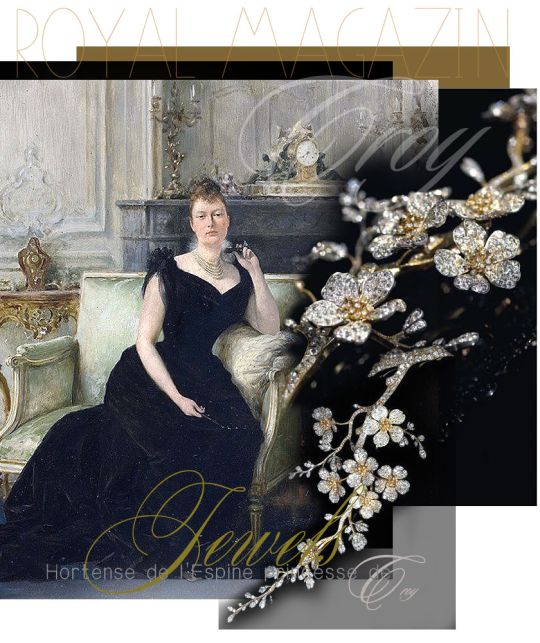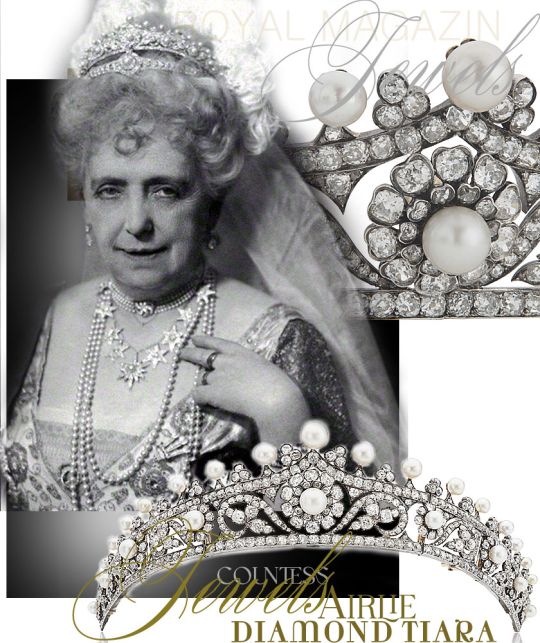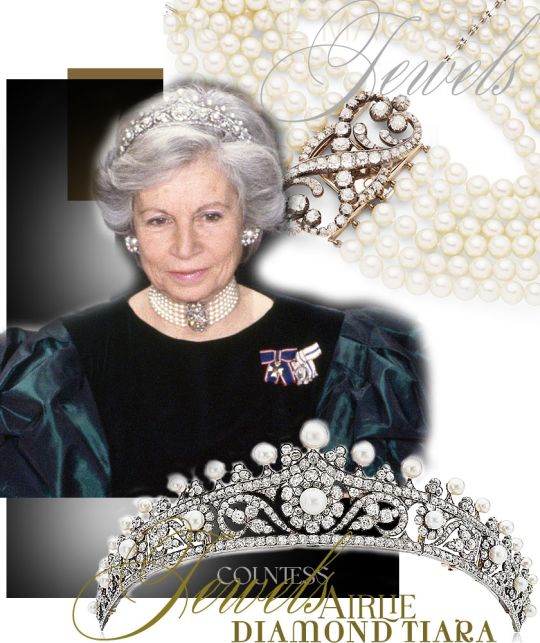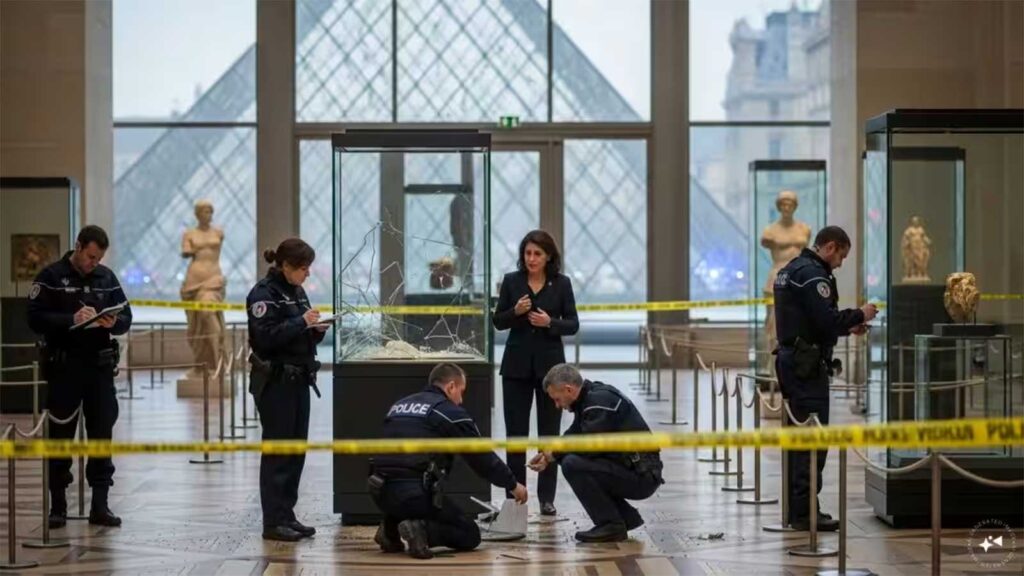
Three masked thieves broke into the Louvre Museum in Paris this morning, targeting the Apollo Gallery. Nine pieces of jewelry were reportedly stolen; the value is still being assessed.
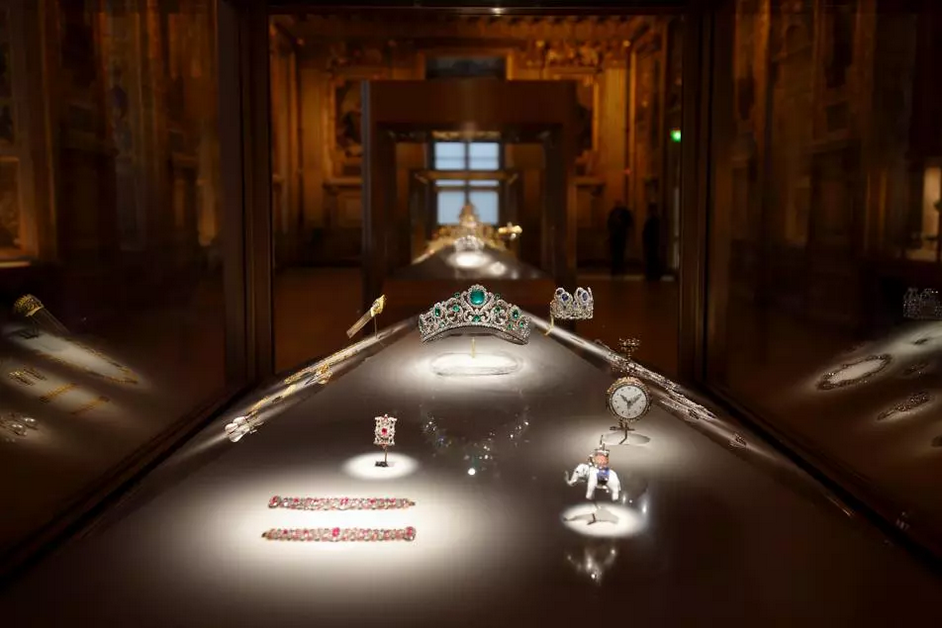
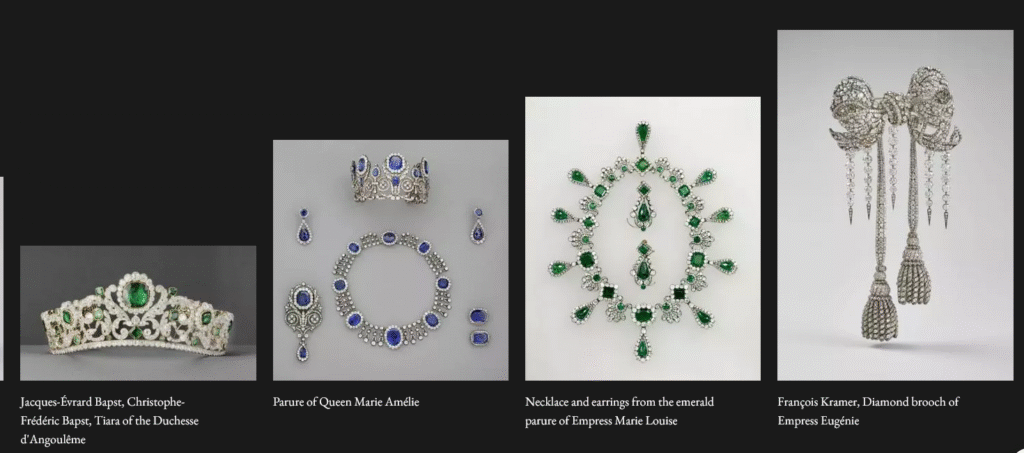
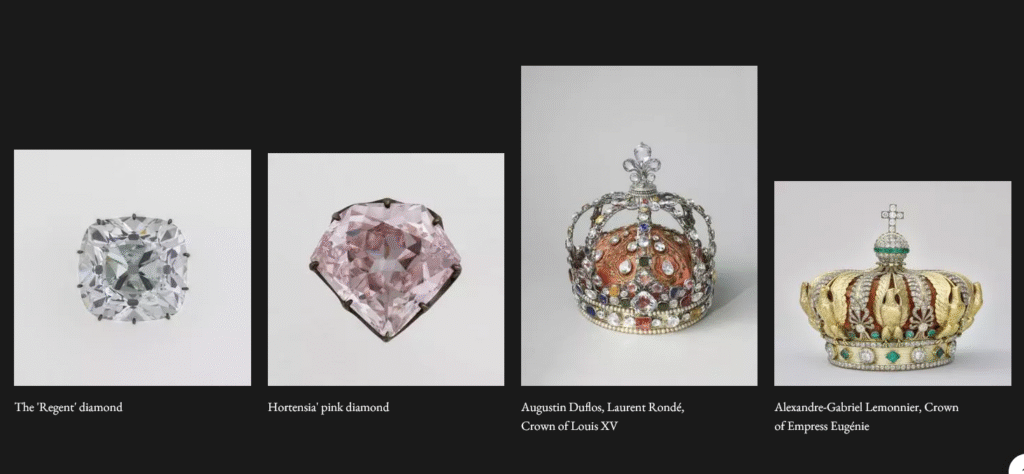
According to our information, there were four criminals in total: two disguised as workers wearing yellow vests on a gondola, while the other two waited on TMax scooters. In total, nine jewels were stolen, but one have already been recovered,the crown of Empress Eugénie, see on the top right..
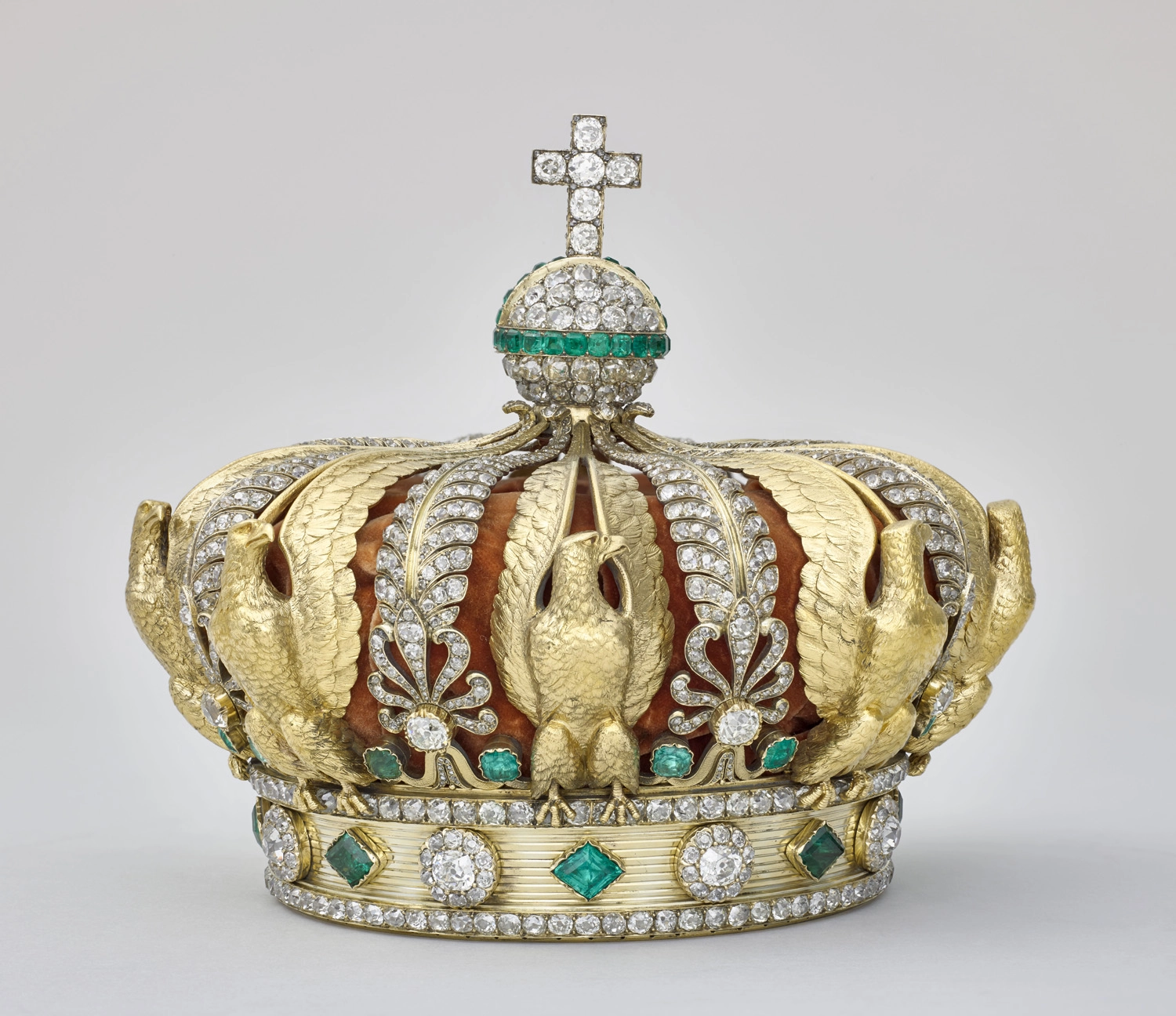
The crown of Empress Eugénie was created by the goldsmith Alexandre-Gabriel Lemonnier on the occasion of the 1855 Exposition Universelle (World Exhibition).
As reported by French media, nine pieces of jewelry from the collection of Napoleon and the Empress have been stolen: a necklace, a brooch, a tiara, and more (d’une parure, d’un collier, de boucles d’oreilles, de deux couronnes – dont celle de l’impératrice Eugénie retrouvée brisée – et d’une broche.). The total value of the loss has yet to be determined. According to Interior Minister Laurent Nuñez, the stolen jewels are of “inestimable value.” The thieves broke into the display cases titled “Bijoux Napoléon” and “Bijoux des souverains” in the Galerie d’Apollon and emptied them completely.
For the French, their sense of cultural identity is deeply rooted in their historic leadership in the world of luxury — a realm where artistry and refinement define national pride. Jewelry, fashion, gastronomy, wine, and champagne are not merely industries, but expressions of a cultural ideal that unites beauty, excellence, and tradition.
This was my answer in the interview with Radio WDR3-5 on 20. October 2025
– du diadème de la parure de la reine Marie-Amélie et de la Reine Hortense. Saphir de Ceylan et diamant composent cette pièce de 6,2 cm de hauteur et 10,7 cm de largeur. Un bijou qui a été porté par la reine Hortense, la fille de Joséphine de Beauharnais, première épouse de Napoléon, puis par Marie-Amélie de Bourbon-Siciles, épouse de Louis-Philippe.
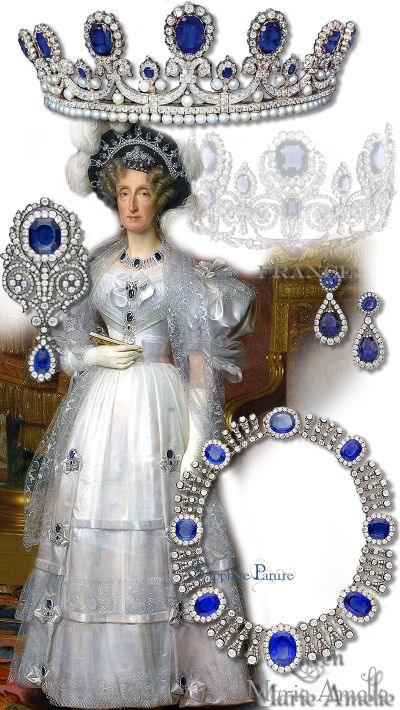
– du collier de la parure de saphirs de la reine Marie-Amélie et de la Reine Hortense et de la boucle d’oreille de la parure de saphirs de la reine Marie-Amélie et de la Reine Hortense. Cette parure a été modifiée au gré de ses détentrices. Elle est demeurée propriété de la branche d’Orléans jusqu’en 1985. A noter que ni le nom du commanditaire ni celui du joaillier ne sont connus. On retrouve trace de cette parure dans un courrier du duc d’Orléans, futur Louis-Philippe, adressé à Hortense de Beauharnais, afin que le premier en fasse l’acquisition. Il est possible que l’impératrice Joséphine ait légué le bijou à sa fille Hortense. La légende familiale évoque même une thèse invérifiable : la parure aurait appartenu par le passé à Marie-Antoinette.
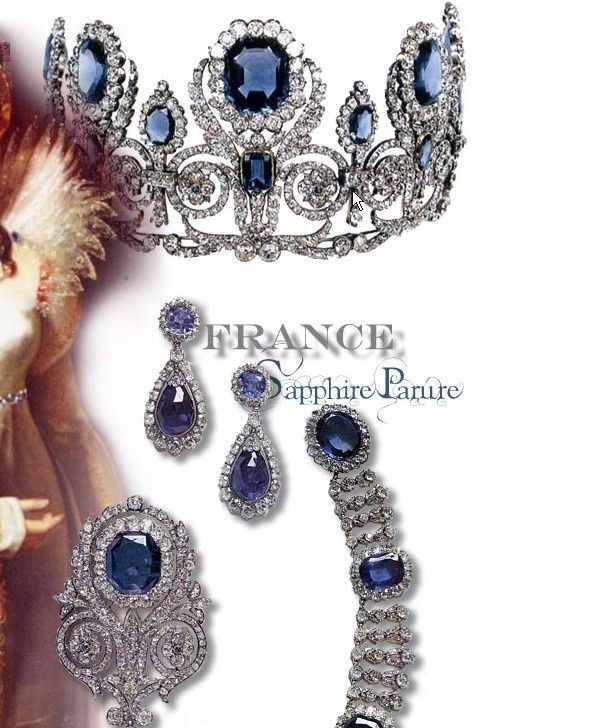
– Du collier en émeraudes et d’une paire de boucles d’oreilles en émeraudes de la parure de Marie-Louise. Il s’agit d’un cadeau offert par Napoléon à sa seconde épouse, autrichienne, en mars 1810. De secondes noces décidées après sa rupture avec Joséphine, qui ne pouvait lui offrir un héritier. Le collier compte pas moins de 32 émeraudes, dont 10 en poire et 1 138 diamants. C’est l’oeuvre du joaillier François-Régnault Nitot.
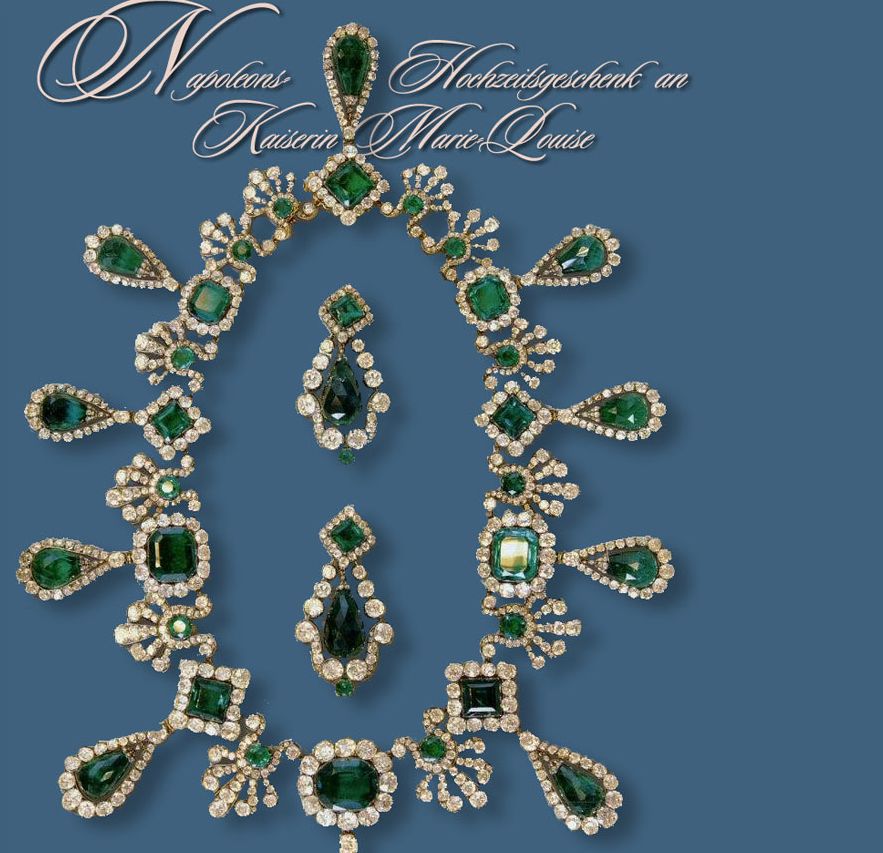
– D’une broche dite broche reliquaire
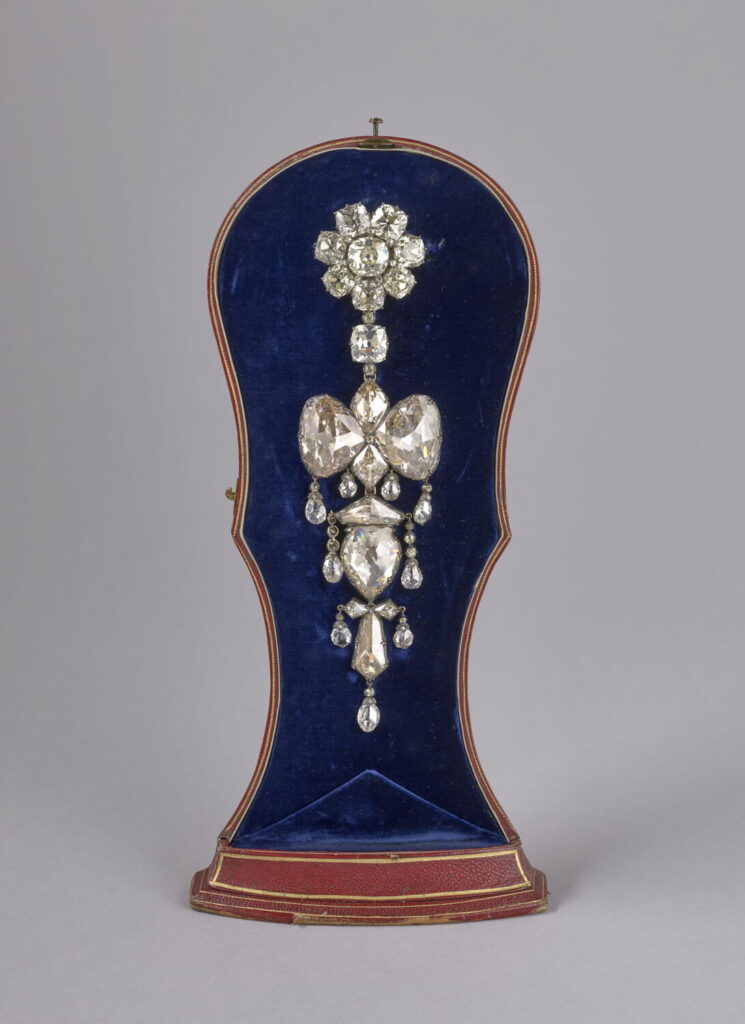
– D’un diadème de l’impératrice Eugénie. Epouse de Napoléon III, originaire d’Andalousie, Eugénie de Montijo est un personnage historique d’une grande complexité. Elle qui vouait un culte à Marie-Antoinette et Joséphine a connu aussi bien le faste que les drames, notamment la mort de son fils unique tué par le Zoulous en 1879. En sa qualité de régente, elle est techniquement la dernière femme à avoir exercé en France les fonctions de chef d’Etat. On la disait frivole, a lancé la mode des robes à crinoline. Sensible aux malheurs des autres, elle a aussi créé les Fourneaux économiques, sorte d’ancêtres des Restos du Cœur.
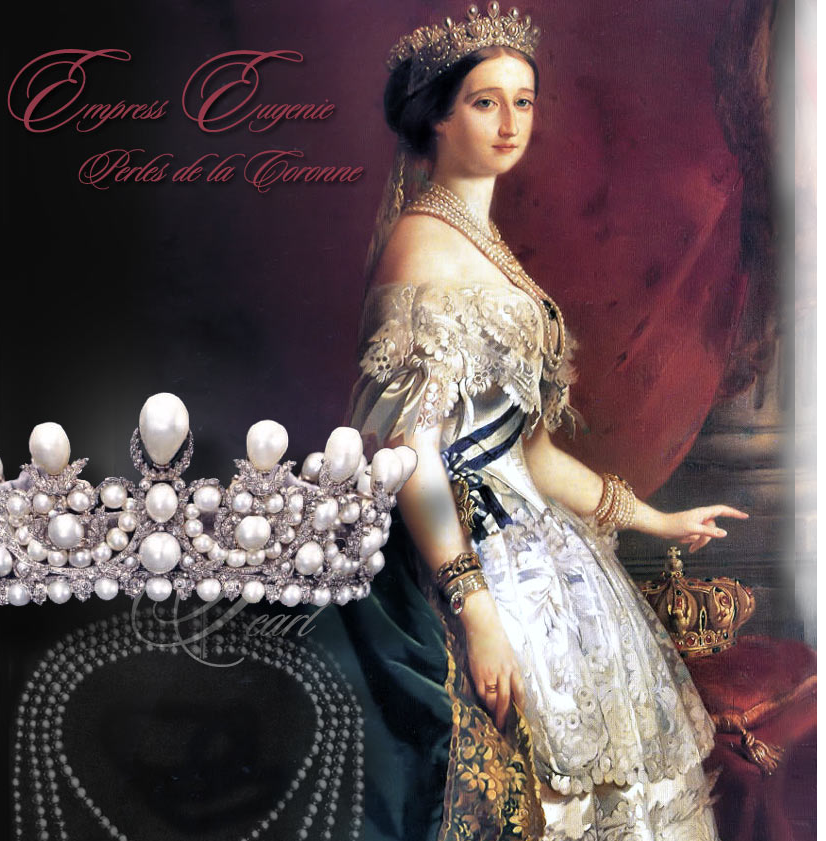
– D’un grand nœud de corsage de l’impératrice Eugénie (broche).
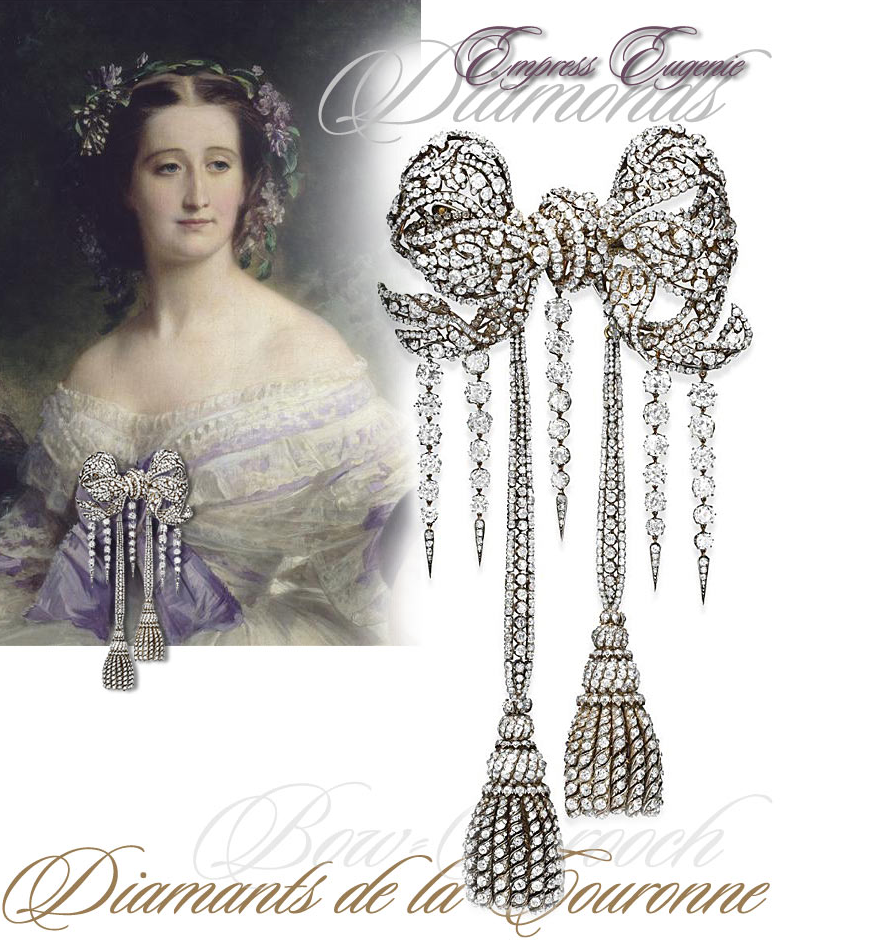
Eight jewels were stolen, according to the latest report
According to the most recent statement issued by the Ministry of Culture, eight jewels were stolen from the Louvre. They include: the tiara from the parure of Queen Marie-Amélie and Queen Hortense; the necklace from the sapphire parure of Queen Marie-Amélie and Queen Hortense; one earring from the sapphire parure of Queen Marie-Amélie and Queen Hortense; the emerald necklace from the parure of Empress Marie-Louise; the pair of emerald earrings from the parure of Marie-Louise; the so-called reliquary brooch; the tiara of Empress Eugénie; and the grand corsage bow of Empress Eugénie.
The jewels stolen from the Louvre lie at the very heart of France’s history — treasures of royal splendor where taste, ambition, and craftsmanship existed in perfect harmony. They did not merely adorn; they helped define both the French identity and the very ideals of jewelry itself. Each piece was thoroughly documented, making it almost inconceivable that they will ever be seen whole again. What has been lost is not only their beauty, but also a shared cultural inheritance — a reflection of how a nation once expressed its genius through grace and proportion. These jewels are national treasures, a testament to France’s history, its passion for gemstones, and the art of jewelry — creations whose worth far transcends their material value, and whose integrity makes them impossible to sell intact.

